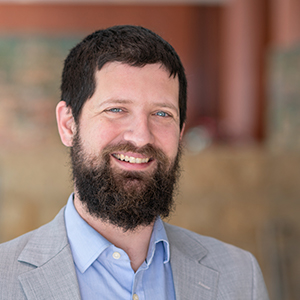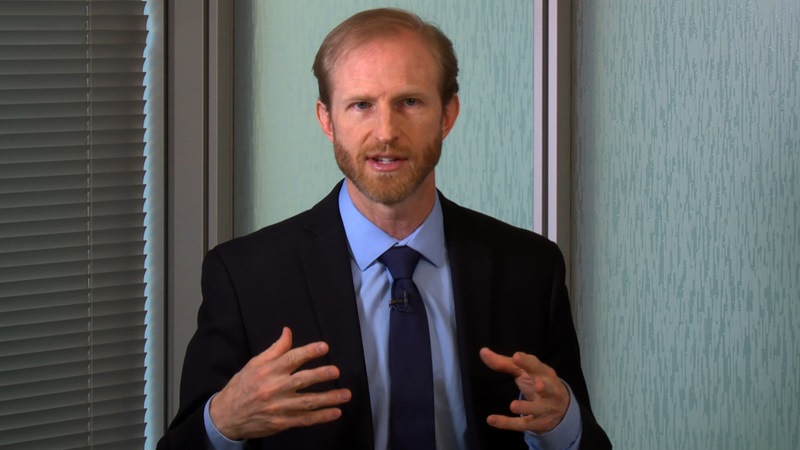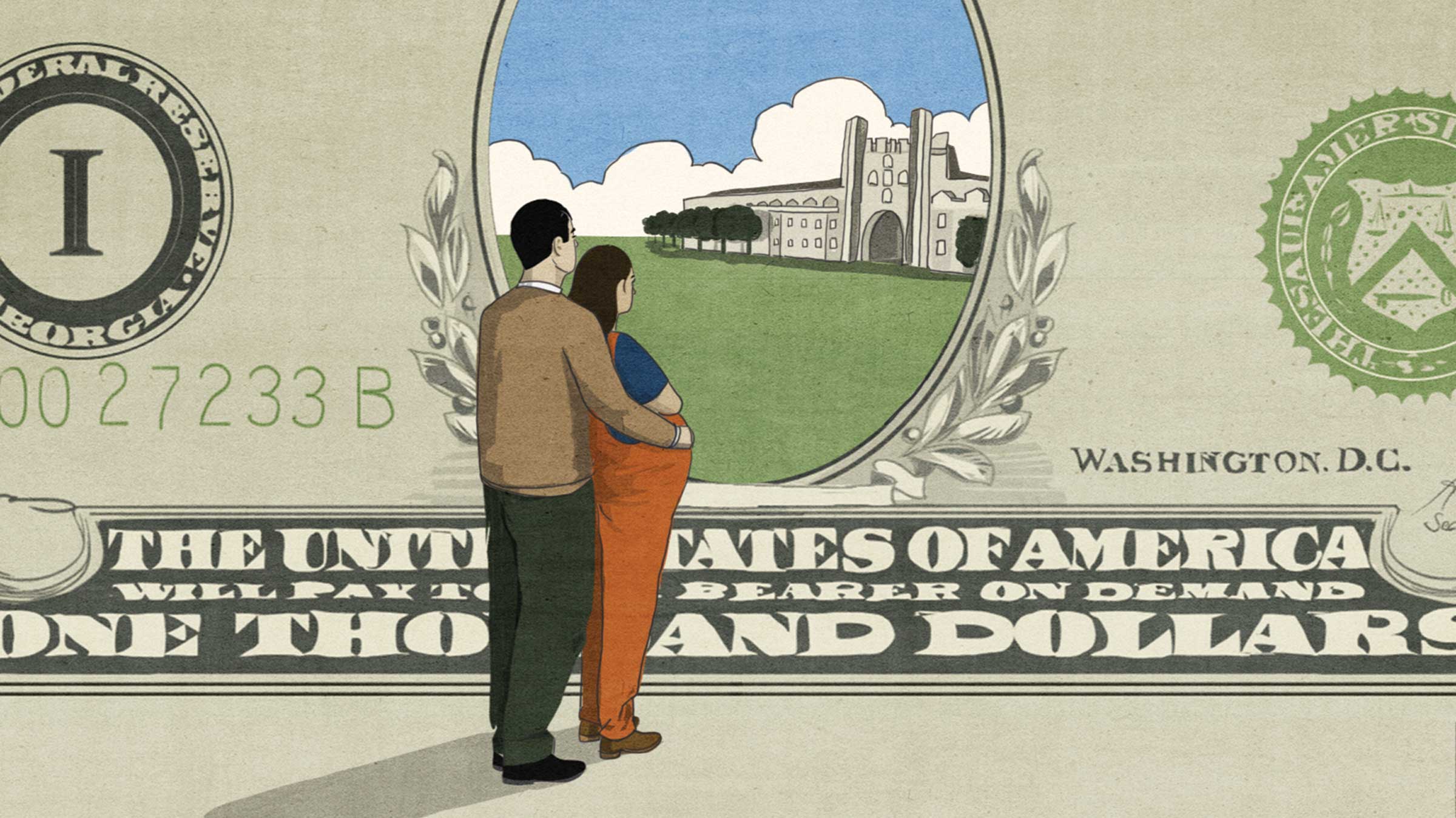
Art Rolnick, the former director of research at the Federal Reserve Bank of Minneapolis, began researching the economic returns of high-quality early childhood programs as a skeptic. The evidence changed his views. By the time he co-authored a seminal article on the subject in 2003, he’d found a significant body of research showing that investments in early childhood development paid high public returns.
Over the past 16 years, he’s come to believe that now is the time for investing in implementation. While we don’t know everything about what makes a high-quality early education program, he said, we know enough, and we don’t need to wait for further research.
“Critics said our early learning scholarship program in Minnesota would never succeed because it would be too difficult to coordinate all of the organizations involved and find the facilities we needed,” he said. “But we proved them wrong. All you need are empowered parents—then watch out.”
Rolnick’s ideal early learning program would incorporate mentorship and support for parents, beginning before a child is even born. Mary Brainerd, the retired president and CEO of HealthPartners, and Hue Nguyen, who most recently served as assistant commissioner at the Minnesota Department of Education, agree that parents, and an early start, are critical components of a successful early childhood development program—and that the time for additional investment is now.
“Achievement gaps open up before kindergarten,” Brainerd said. She added that a lot of parents are intimidated by the idea of actively encouraging their children’s brain development. But while neuroscience research itself may be complex, applying it “isn’t rocket science.”
For example, parents don’t always understand that they can create a big impact by increasing the amount of time they cuddle, sing, or play with a child. Offering parents multiple educational messages in a variety of formats may eliminate the intimidation factor, she said.
—Mary Brainerd, HealthPartners (retired)
Her health care organization took steps to support parent education and child development during children’s wellness exams. While health care organizations can play a role in teaching parents about early childhood development, Brainerd argues that closing the significant income- and race-based achievement gaps in Minnesota and the nation will require an all-hands-on-deck approach.
“About 35 percent of our kids are born into low-income families, and that’s a big challenge,” she said. “There is a social movement for our children that we need to create.”
Nguyen sees the need for coordination on behalf of children within state government to better support parents’ efforts to improve educational outcomes for children.
“For a long time, state government has only listened to the staff people who provide services to parents instead of the parents who access our services,” she said. “When we started talking to parents ourselves, we started hearing different things.”
Nguyen said that she has been working with the Minnesota Department of Human Services, the Minnesota Department of Health, and other partners in the field to gather input from communities around the state. The work includes a conscious effort to find people who are eligible for services but don’t utilize them.
Complexity in the network of programs aimed at young children presents a significant barrier for many parents, she said, particularly as they try to figure out what supports they may qualify to use. “We need to find common ground about questions around eligibility and quality requirements.”
Rolnick, Brainerd, and Nguyen all agree that Minnesota’s early childhood programs are too fragmented and complex. They also agree that the pursuit of simplicity shouldn’t limit parents’ options as they search for a high-quality provider for their children. In other words, a successful early childhood system should incorporate private options—including in-home providers and family, friend, and neighbor care—in addition to public programs.
“We all know from experience with our own kids, one size doesn’t fit all,” Rolnick said.
Regardless of where the children wind up, a well-trained staff is critical, noted Nguyen. “We put so much emphasis on early learning and what kids need to learn, but we don’t put enough on training the people who actually do the work,” she says. “Our higher education system needs to produce the programming that we need.”
Rolnick argues that a well-funded scholarship system for high-quality early childhood education will create the right incentives for a market-driven solution to the workforce question. Sustainable funding for early childhood programs will allow providers to offer pay that is competitive with other education careers, he said.
Until then, said Rolnick, there will be little financial incentive to entice teachers into early childhood education when they can make much more money in the K-12 system. Rolnick estimates that a fully funded, well-targeted early childhood development scholarship system in Minnesota would cost about $400 million per year on top of current funding for early childhood education programs.
“We can afford that,” he said. “The state generates $350 billion of economic activity per year.”
Mary Brainerd, Hue Nguyen, and Art Rolnick participated in a panel discussion, “Early Childhood Development in Minnesota: Looking Back and Looking Forward,” on day one of the Minneapolis Fed’s Innovation in Early Childhood Development and K-12 Education Conference, which took place on October 23–24, 2018. A video of their session is available on the conference web page.
Return to “Exploring innovation in early childhood development” article index








